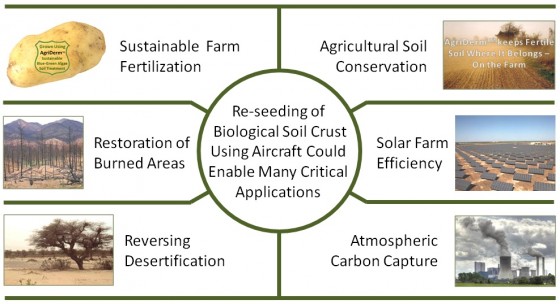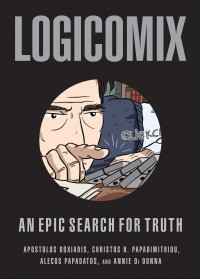 Bell Labs thrived from the 1920s to the 1980s, when it was most innovative and productive institution of the twentieth century. Long before America’s brightest scientific minds began migrating west to Silicon Valley, they flocked to the Bell Labs campus in the New Jersey suburbs. At its peak, Bell Labs employed nearly fifteen thousand people, twelve hundred had PhDs. Thirteen eventually won Nobel prizes. How did they do it? How can we learn from their successes, so we can do it here in Colorado? New Your Times journalist Jon Gertner has written a book that provides some answers. He calls it: The Idea Factory – Bell Labs and the Great Age of American Innovation. Inside that book, you can learn how radar came to be, and lasers, transistors, satellites, mobile phones, and much more. How on Earth’s Shelley Schlender spoke with Mr. Gertner about his new book.
Bell Labs thrived from the 1920s to the 1980s, when it was most innovative and productive institution of the twentieth century. Long before America’s brightest scientific minds began migrating west to Silicon Valley, they flocked to the Bell Labs campus in the New Jersey suburbs. At its peak, Bell Labs employed nearly fifteen thousand people, twelve hundred had PhDs. Thirteen eventually won Nobel prizes. How did they do it? How can we learn from their successes, so we can do it here in Colorado? New Your Times journalist Jon Gertner has written a book that provides some answers. He calls it: The Idea Factory – Bell Labs and the Great Age of American Innovation. Inside that book, you can learn how radar came to be, and lasers, transistors, satellites, mobile phones, and much more. How on Earth’s Shelley Schlender spoke with Mr. Gertner about his new book.
Hosts: Tom McKinnon and Jim Pullen
Producer: Tom McKinnon
Engineer: Jim Pullen
Executive Producer: Susan Moran
Podcast: Play in new window | Download (Duration: 23:42 — 21.7MB)
Subscribe: RSS




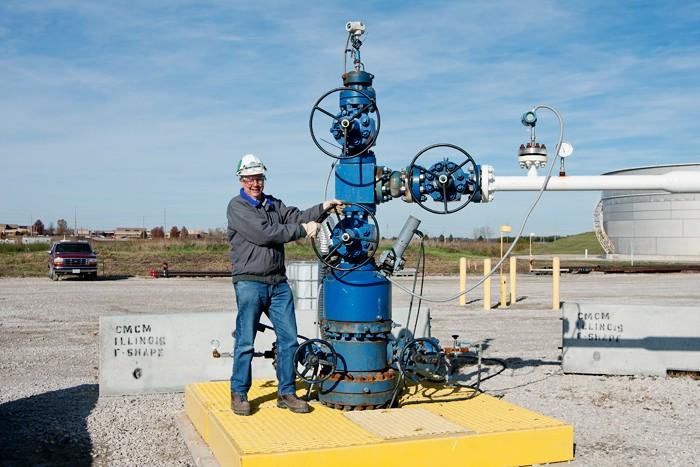

 Colorado Clean-tech Industry (Start time 16:14): It’s not news that we are in an economic downturn. Nor is it news that the world is facing monumental environmental problems. How about a way to kill two birds with one stone? Co-host Tom McKinnon discusses how with Wayne Greenberg, director of the Fellows Institute, which is sponsored by the
Colorado Clean-tech Industry (Start time 16:14): It’s not news that we are in an economic downturn. Nor is it news that the world is facing monumental environmental problems. How about a way to kill two birds with one stone? Co-host Tom McKinnon discusses how with Wayne Greenberg, director of the Fellows Institute, which is sponsored by the 
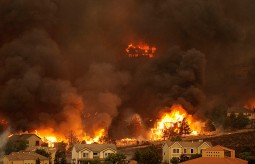 With record high temperatures along with record low snowpack, the Colorado Front Range has been ravaged by increasingly expensive wildfires. For today’s show, How on Earth brings in two fire experts for a panel discussion.
With record high temperatures along with record low snowpack, the Colorado Front Range has been ravaged by increasingly expensive wildfires. For today’s show, How on Earth brings in two fire experts for a panel discussion. 




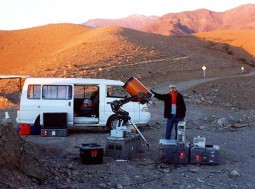
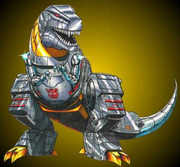





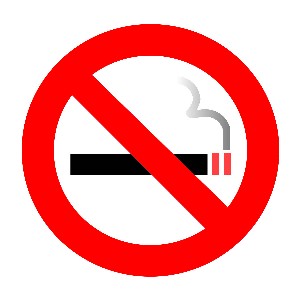
 nicotine patches really help you stop smoking? Shelley Schlender interviews a scientist who says they don’t.
nicotine patches really help you stop smoking? Shelley Schlender interviews a scientist who says they don’t. 